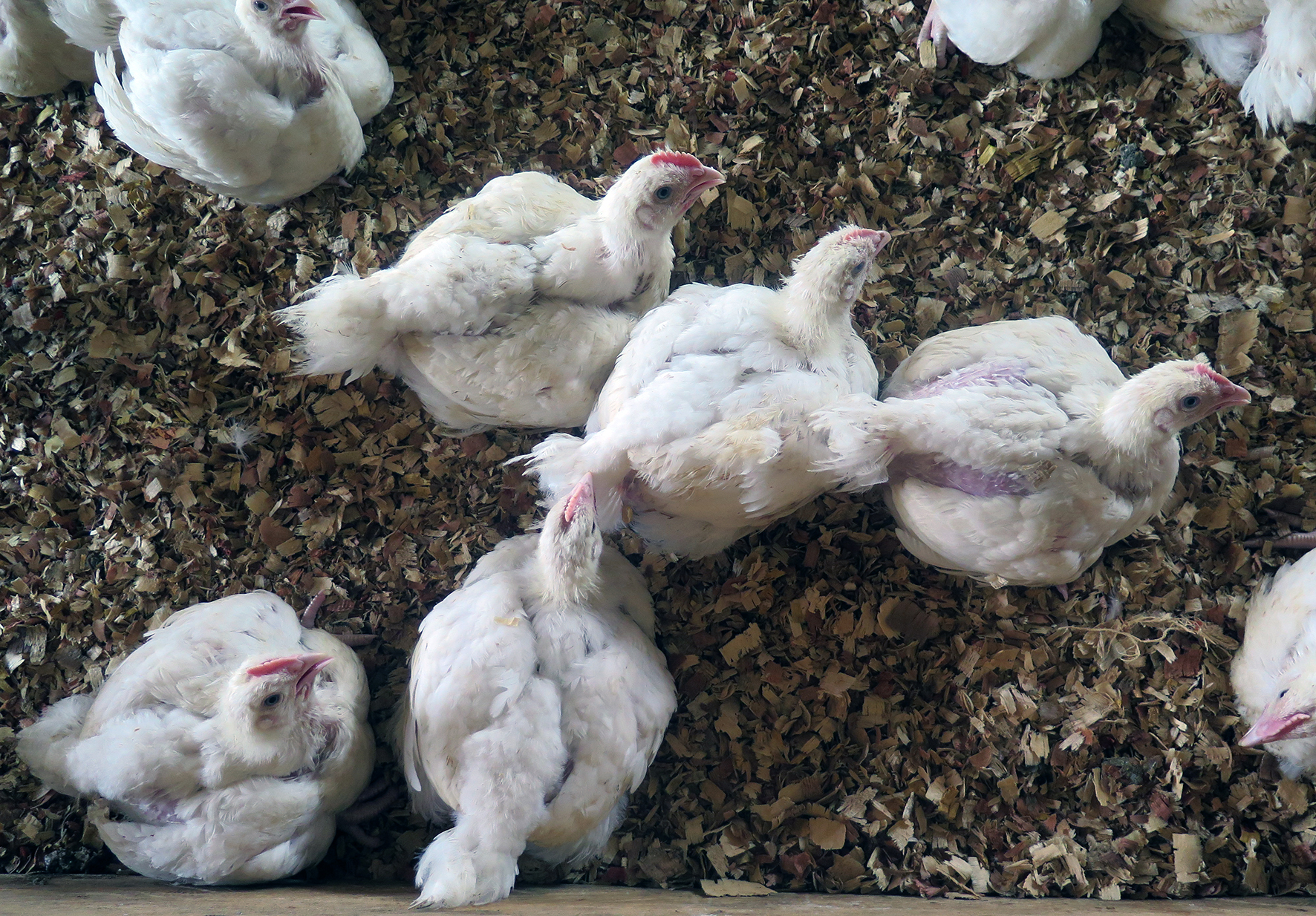
If you would like to learn more about the IAEA’s work, sign up for our weekly updates containing our most important news, multimedia and more.
Avian influenza vaccine research to tackle evolving virus
Wolfgang Picot

The IAEA’s help in equipping laboratories and training scientists in the use of nuclear-derived techniques for quick diagnosis is critical. (Photo: Laura Gil Martinez / IAEA)
In the majority of cases, avian influenza affects birds the same way the flu affects people — some feel nothing, others develop mild symptoms, and, in some rarer cases, the infected die. Like the human flu virus, the avian influenza virus is constantly mutating and has evolved into many different strains. Some of these virus strains can be more infectious or deadly — causing what is known as highly pathogenic avian influenza — and some have the potential to be transmitted to humans. Monitoring a virus’s development and finding solutions to keep it under control is therefore a matter of public health.
In 1996, an aggressive — highly pathogenic — variant of avian influenza virus known as H5N1 first appeared in China. By 2003, it had developed into a global problem, and outbreaks around the world killed millions of chickens and led to billions of euros in damage, according to the Food and Agriculture Organization of the United Nations (FAO). Poultry industries worldwide suffered losses, and authorities everywhere hurried to impose control measures to limit the disease’s impact. Small-scale farmers and producers in East and South East Asia were especially hard hit.
H5N1 avian influenza is a zoonotic disease, meaning it can be transmitted to people in close contact with infected birds and make them sick. While the total number of transmissions has been relatively low, and sustained human-to-human transmission has not occurred, the consequences for most infected individuals have been severe. The World Health Organization (WHO) has reported that, across 17 countries, there were just 862 human infections of H5N1 avian influenza between 2003 and 2020, but that more than half of these cases were fatal.
Today, H5N1 is still active in many regions and stringent controls are in place around the globe to prevent it from spreading. But new aggressive variants could appear at any time and severely impact international trade, public health, international tourism and travel, as well as the livelihoods of poultry farmers. Scientists are on the hunt for new solutions to keep the virus in check.
Vaccination as part of the solution
Besides monitoring livestock for illness, the consequent implementation of sanitary protocols and other measures, such as vaccinations, play an essential part in containing avian influenza. However, most vaccine development methods are complex and time-consuming. A nuclear technique currently being developed at the laboratories of the IAEA and FAO in Seibersdorf, Austria, could help to develop vaccines faster and tackle new strains more effectively.
“The IAEA has cutting edge nuclear know-how. At the same time, we also have extensive animal health immunology experience,” said Giovanni Cattoli, Head of the Animal Production and Health Laboratory of the Joint FAO/IAEA Centre of Nuclear Techniques in Food and Agriculture. “This combination makes our laboratories well placed for research and development of novel and innovative animal vaccines.”
The method currently being explored follows the principle of producing vaccines by inactivating viruses, that is, making them unable to infect cells and replicate. When these harmless viruses are introduced into livestock, the animals’ immune system learns about their properties and can prepare a specific defence against a real infection.
Faster and more effective
When inactivating viruses, it is crucial to keep their physical structure as intact as possible. This way, the immune system recognizes them as viruses and can effectively respond to future viral infections. Scientists call this property ‘antigenicity’, and they try to preserve the inactivated viruses’ antigenicity to make effective vaccines. This is done by irradiating them.
Mainstream vaccine production strategies include the use of chemical or thermal inactivation methods. These can damage viruses and destroy their antigenicity. Exposing the viruses to pre-determined doses of radiation could work better, as this method better preserves their structures.
“We preserve the viral protein structure by using exact amounts of radiation. As a result, the immune system will better recognize and more effectively fight an infection,” said Viskam Wijewardana, the IAEA’s lead scientist in vaccine development and immunology.
“With this irradiation method, we can potentially tackle constantly evolving, new strains of viruses faster and more effectively than with methods used in the industry at present. This could ultimately help save more birds and, potentially, human lives,” Wijewardana said. The IAEA is now conducting experiments to find out how much irradiation is needed to produce an effective vaccine.
After irradiation, IAEA scientists use electron microscopy to screen the virus’s structural integrity. Over time, the data gathered during these experiments will provide knowledge on the amount of radiation to use for optimal results. Further tests will establish whether the immune response provoked by this vaccine prototype can still recognize and neutralize the infective virus, thus protecting the animals from the disease.
The IAEA and the FAO will publish the research results with open access for the scientific community, who will be able to draw on these data to develop and manufacture vaccines. If successful, the proposed strategy could help produce vaccines to fight new virus variants relatively quickly and cost-effectively. It could also contribute to addressing future avian influenza outbreaks and other transboundary animal and zoonotic diseases.

